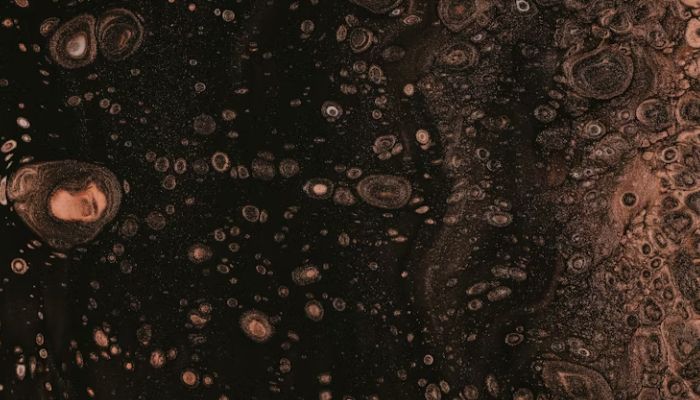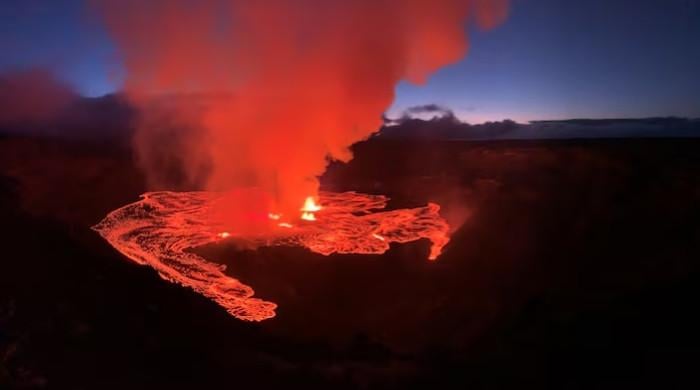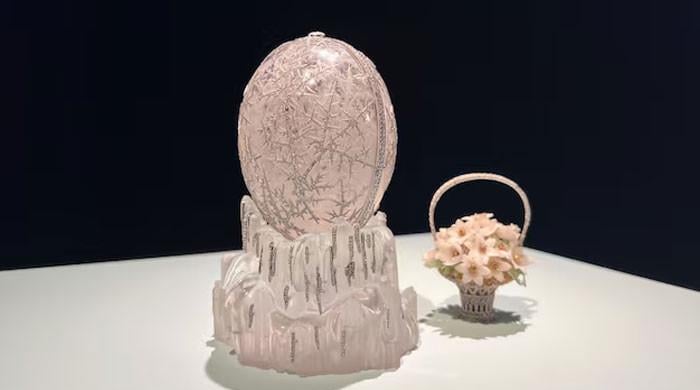Creature discovered in Mono Lake can shed light on evolution of animals
"Choanoflagellate" plays crucial role in understanding evolution of "one-celled life to multicellular"
August 24, 2024

A creature lying in the shallow waters of the Mono Lake in the Eastern Sierra Nevada has been discovered by University of California, Berkeley researchers.
What’s so significant about this creature is that it can help scientists identify the origins of living things that existed more than 650 million years ago.
The creature in discussion is an organism called a choanoflagellate. A being that is single-celled but can divide into multiple cells, just as how animal embryos come into being, as per Lake County News.
The creature, however, is not a type of an animal but belongs to a sister group to all animals making them the closest living relative to the specimens, the choanoflagellate plays a crucial role in understanding the evolution of one-celled life to multicellular.
Nicole King, a professor of molecular and cell biology from UC Berkeley and investigates choanoflagellate at Howard Hughes Medical Institute (HHMI) has remarked that not a lot is known about the creatures.
"Very little is known about choanoflagellates, and there are interesting biological phenomena that we can only gain insight into if we understand their ecology,” she stated as quoted by Lake County News.
Aquatic biologists and researchers often ignore choanoflagellate as they are only visible through a microscope. They instead focus on macroscopic animals, photosynthetic algae or bacteria.
But this organism — that has been named "Barroeca monosierra", after the lake by King and her UC Berkeley colleagues — can provide insight into the evolution of creatures that existed in the ocean before the animals evolved to what they are now in the present.









